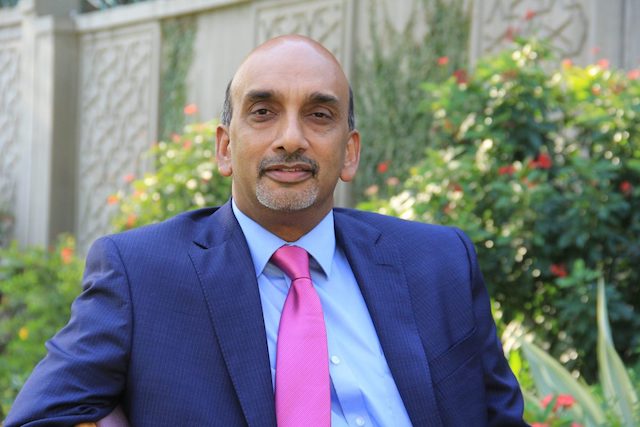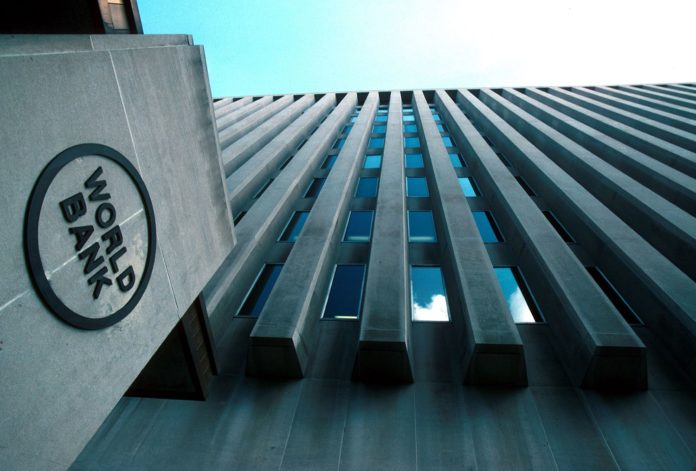The World Bank describes how cash transfers are considered to be ‘central in mitigating the impact of the upcoming recession’, and that doing this will ensure that consumption by the poorest segments of the population contributes to local economies. The main suggestion for the government on this issue would be to not just give them the money but give them a way to use it, and to develop themselves by it. At least make it hygienic otherwise it’s a case of ‘death by charity’. Organisations must develop a framework towards engaging with wider stakeholders related to the concept of ‘digital only finance schemes’, which concerns itself with the range of services necessary for survival only.
There is no need for the underbanked to join a digital bank offering insurance/investments as their ability to use it or understand will be limited. The various telco banks, like Telenor Microfinance and Mobilink MBL etc. have oriented a variety of services around rural customers, helping them buy equipment and property via Islamic banking products. Through periodic waves of financing, special projects along this line can be devised as a superior alternative to the ‘cash now, infection later’ options being mass distributed at the relief centres.
The only other relevant case study worth mentioning is Tez Financial Services which has partnered with the Zaman Foundation for digital disbursement of donations, taking advantage of Tez’s long term experience in providing disbursements to the underbanked via a universal wallet platform, and the integrated KYC and identity verification mechanisms they use. No other fintech entity licensed by the SBP currently enjoys the ability to do the same via their own platforms, despite the fact that the technology to carry out this activity is universally accessible. Since Tez operates through a customised, ‘digital NBFI’ license, it is quite natural for the State Bank to give serious thought to making this a universal license that the other PSOs/EMIs can also take part in as a response to the crisis.
Since a long term solution is still needed due to no sign of the virus subsiding any time soon, other relevant stakeholders concerned would also be well advised to look into the possibility of a COVID-proof disbursement/payments loop, involving all stages of the consumer cycle, focusing on flattening two curves, i.e. (a) rate of infection and (b) rate of unbanked citizens. Despite this, financial literacy will be the biggest hurdle to development, as any solution eventually licensed or launched will still have to wait for the general public to become accustomed to digital transaction methods. There is a critical need to engage the masses and also the so called educated classes in financial literacy initiatives to impress upon them the need for using digital payments during times of emergency.
The scenario has reached a point where we can say it is imperative to enforce adoption of cashless, digital only transaction and currency mechanisms. The outbreak of COVID 19 has triggered the SBP towards accelerating laying the groundwork for a digital economy. The World Bank’s Country Director for Pakistan, Patchamuthu Illangovan stated pre-COVID that Pakistan needs ‘high level commitment’ and ‘fast track licensing for the fintech sector’, the imperative towards ‘digitisation of government payments’ has been initiated by the SBP but entirely spurned by the Federal govt. in the rush to establish the emergency cash distribution centres. Innovators are facing such restrictions in launching their concepts, and when they enter, they find their movements increasingly limited, so as not to disrupt the market share of mobile telephone companies working as a cartel. The purpose globally was to create stimulation and competition in this space, disruption was to be encouraged.

From the perspective of international experts on innovation in the digital finance space, such as Brett King or Richard Turrin, the entire project of developing alternate delivery channels has been outed by COVID as nothing more than an exercise in ‘innovation theatre’. Contrary to the general perspective portrayed by the government, startups have been largely discouraged, filtered through a few novelty innovation sandbox structures, very high licensing fees and ongoing balance requirements and stringent screening processes. The handful of successful licensees meanwhile act in cheap imitation of Silicon Valley culture, when they should have been in fact imitating and then implementing the Chinese model of efficient multi-service nationwide platforms such as Ant Financial and WeBank who strongly orient their activities around World Bank’s directives for financial inclusion.
The latest fintech model is serial entrepreneur Brandon Timinsky’s SadaPay EMI platform, who are currently in pilot phase, engaging with the local thought leaders, and minting a new partnership with MasterCard. No doubt this will aid digital transformation among consumers and middle class youth who are going to greatly benefit from its freelancer/e-commerce oriented payment solutions. In market context however, SadaPay represents a Pakistani-marketed replica of the EMI/Digital Banking models of Europe and Britain, who offer a standard service offering of current account/debit card options geared towards commercial usage by millennials and ‘hipster’ consumers rather than the poor and underprivileged.
Responsibility falls upon the SBP in terms of filtering those selected for in-principle approval and what this implies for the market in general. Maybe it’s just the Londoner in me speaking, but in relation to the critical need for digitally enabled financial inclusion, and in context of the ground level strife experienced by an increasing number of citizens, this latest addition can only really be seen as an exercise in post 2015, Old-Street innovation nostalgia. SadaPay is certainly a vibrant and welcome contribution to a lucky handful of EMI ‘golden-ticket’ recipients who mostly are concentrating on corporate projects i.e. wage disbursements or POS management, but realistically is only seen as the development equivalent of a Starbucks at a storm shelter, something chosen for its investor friendly aesthetic rather than problem-solving capability. This too is piloting at a time when poverty and social upheaval could be very closely correlated-researchers please do verify.
Returning focus to the SBP, this is a time when what they really needed was locally oriented steps to maximise ground impact on the ‘real economy’. They continue to take a business as usual approach to the increasingly critical financial inclusion dilemma through licensing generic current account service models which does not show adaptation to consumer need or national crises. There’s no shame in emulating foreign models, but they need to be strategically deployed in a ‘think global act local’ style. To prevent Pakistan’s imminent regression, footstep by footstep into the largely recognised failure that is represented by Western consumer banking Fintech startups circa 2015, relying only on funding to survive without turning any profit by their own activities, our regulators are kindly advised to assess their mid to long term strategy. As for now, we need a drastic u-turn along with liberalisation of licensing methods, as per World Bank directives to accelerate provision of digital financial services as we move deeper into the post-COVID new world order.





